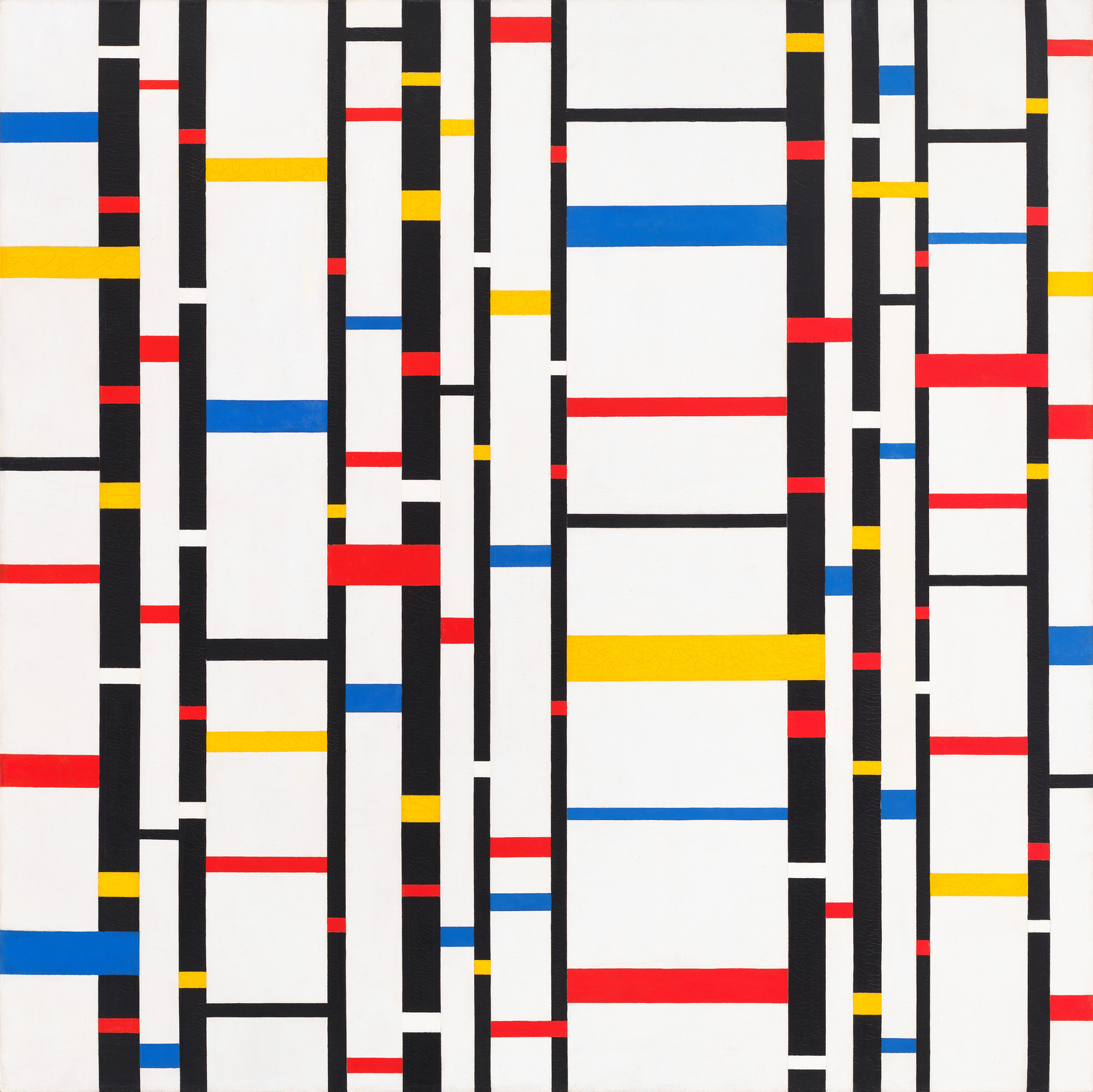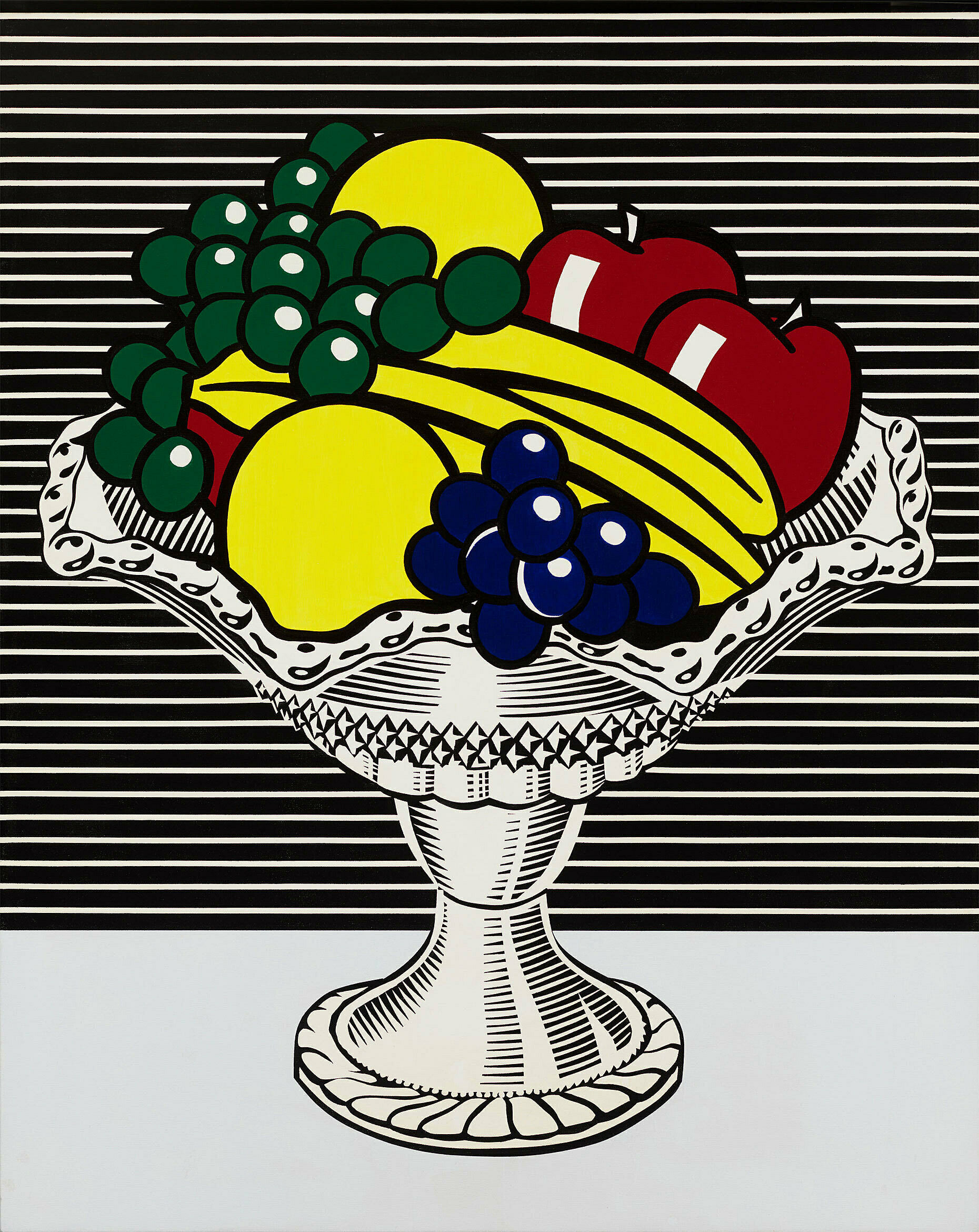Not on view
Date
1946–1948
Classification
Paintings
Medium
Oil on linen
Dimensions
Overall: 42 × 42in. (106.7 × 106.7 cm)
Accession number
58.58
Credit line
Whitney Museum of American Art, New York; gift of May Walter
Rights and reproductions
© Estate of Burgoyne Diller/Licensed by VAGA at Artists Rights Society (ARS), New York
API
artworks/51
In the mid-1930s, Burgoyne Diller was one of the first American artists to adopt the strict grammar and limited vocabulary of Neo-Plasticism, also known as De Stijl. This systematic approach to painting, advocated by the Dutch artist Piet Mondrian, replaced the curves of nature with a man-made geometric order: only right angles and straight lines were permitted; the palette was restricted to primary colors, plus black and white; and any illusion of depth was to be avoided. Like the Neoplastic artists, Diller was primarily concerned with achieving a sense of formal balance, stability, and structure through the use of horizontal and vertical lines and primary colors. He believed that the geometric calculations of his canvases were well suited to a modern, industrialized world, offering an experience free of unnecessary and antiquated embellishments. At the end of his life, in the 1960s, Diller retrospectively categorized his work from the previous decades into three numbered groups: the First Theme includes rectangles arranged without a grid structure; in the Second Theme paintings, the rectangles cross to form single grids; in the Third Theme, including this painting, the forms are organized in an elaborate grid structure.

